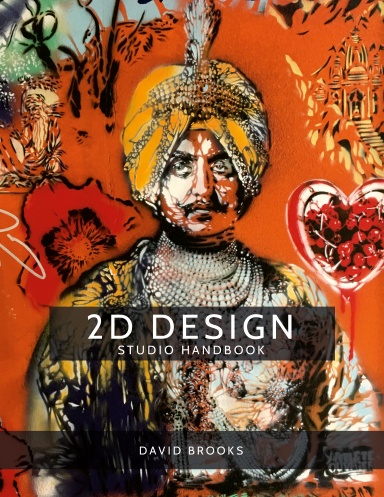[Studio Arts] Two-Dimensional Art
Description of the Resource:
This art book serves as a comprehensive guide for community college students entering the world of two-dimensional design. It begins with an introduction to the studio environment, including essential policies, procedures, and safety information. The text then explores the fundamentals of 2D art making, covering critique methods and the importance of maintaining a sketchbook. Students will gain a deep understanding of the elements of art and design, as well as the principles for organizing these elements in their work. A visual arts glossary and additional resources are provided to support further learning and development in 2D art.
How This Resource Integrates Diversity, Equity, and Inclusion Principles and Practices:
The studio handbook integrates diversity, equity, and inclusion principles by intentionally featuring images from a wide range of artists, including those from underrepresented groups and student contributors. This approach ensures that diverse perspectives are visibly represented, promoting inclusivity within the art community. The handbook supports also equity by providing free, equitable access to art education resources, ensuring all students can engage with the material, regardless of their background.
Tips, Tricks, and Advice from the Faculty Author(s) Regarding OER Creation:
When creating OER, it’s beneficial to gather more images than you think you will need for flexibility in the editing process and to ensure a variety of options are available. Adapting existing OER can present challenges, particularly with formatting, which can be time-consuming and difficult depending on the file format. This is especially true when working with PDFs that contain many images or documents that are not in the standard 8.5 x 11″ dimensions. Also, to effectively manage the creation or adaptation process, it is recommended to set small milestones throughout the project. Breaking the work into manageable goals helps maintain steady progress and reduces the pressure of having to complete most of the work near the project’s deadline.

